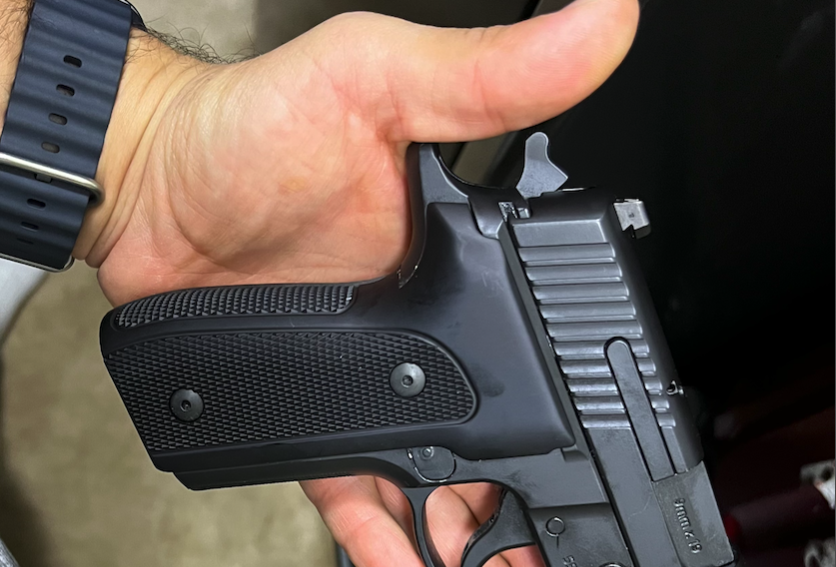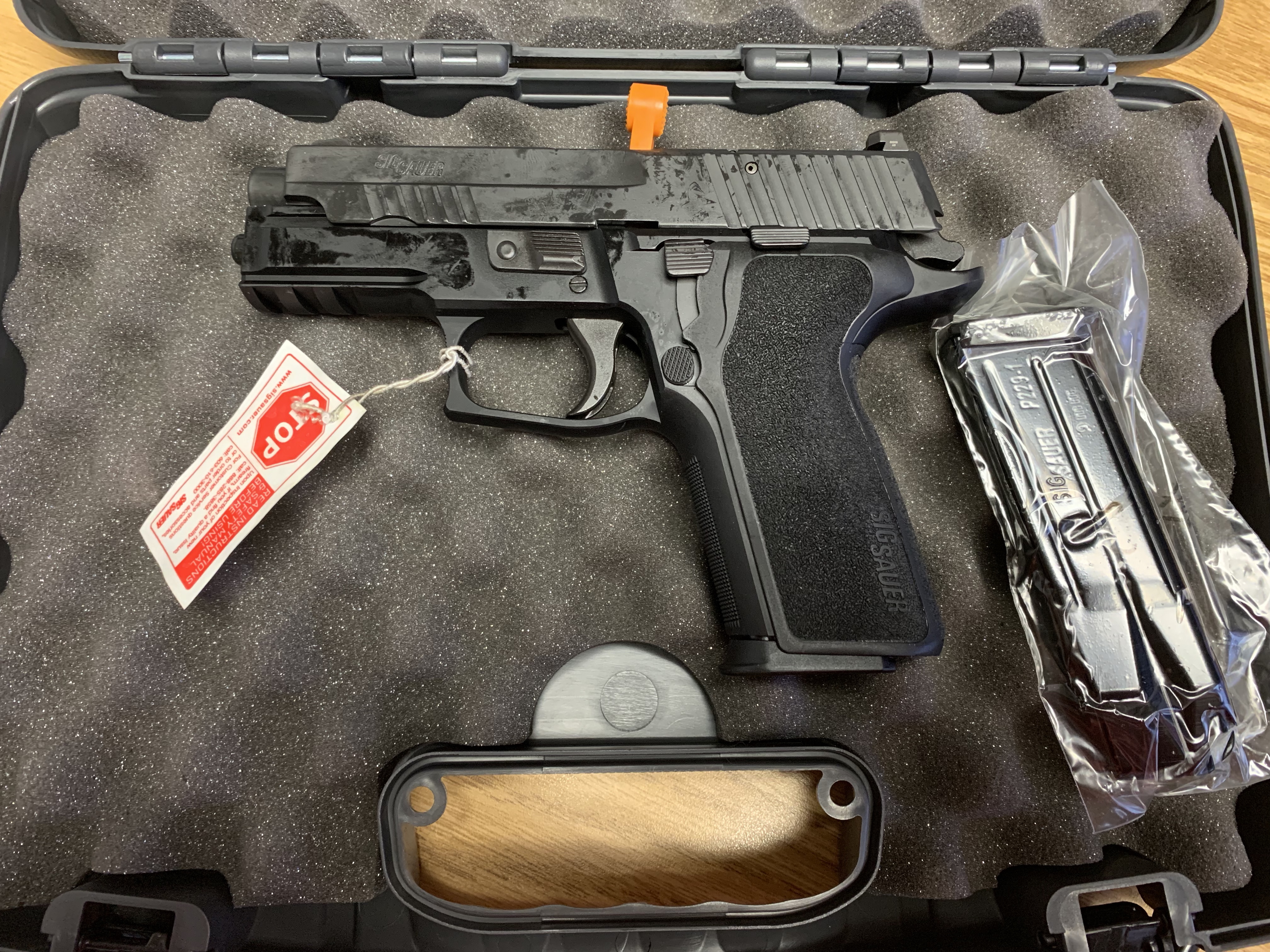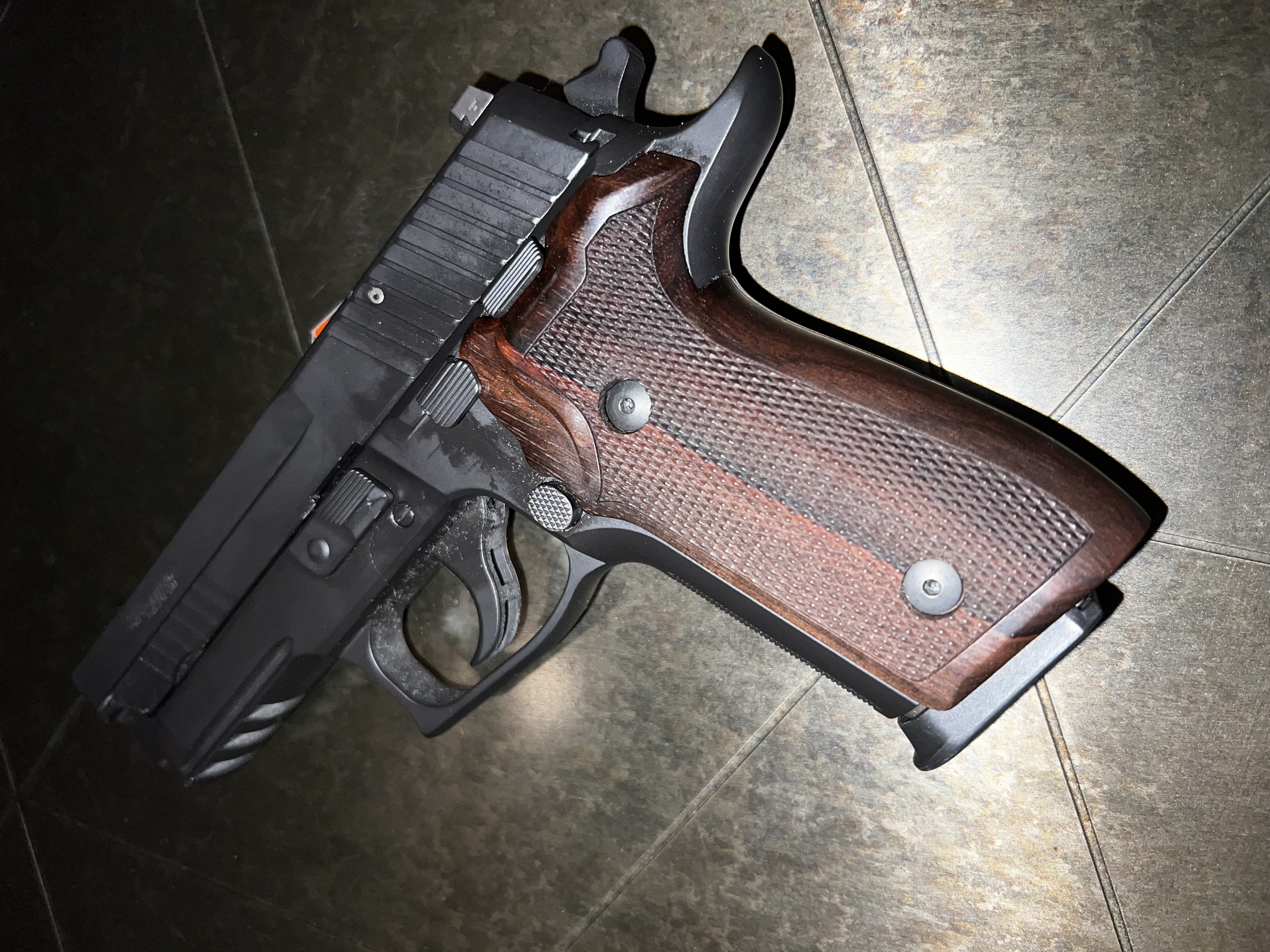5 Things to Consider When Choosing Your First Pistol Grip
Introduction to Choosing Your First Pistol Grip
When you decide to buy your first pistol, picking the right grip is crucial. It's not just about how it looks but how it feels in your hand. The grip affects your control, comfort, and accuracy when shooting. There are different types, sizes, and materials of pistol grips available. It's important to find one that fits your hand just right. A good grip should make the pistol feel like an extension of your arm. You also want to consider the material of the grip. Options range from wood and rubber to plastic and metal. Each has its pros and cons regarding durability, grip, and feel. Remember, the perfect pistol grip is out there for you. It might take some searching, but it's worth the effort for the confidence and comfort it brings when you're shooting.
Understanding Different Types of Pistol Grips
When diving into the world of firearms, knowing the ins and outs of pistol grips is crucial for both comfort and control. Basically, the pistol grip is what you hold on to. Sounds simple, right? But there’s more to it. You've got a few types to consider. Standard grips are what you see on most handguns. They're designed to fit the average hand, aiming for a one-size-fits-all solution. Then, there are ergonomic grips. These are all about fitting into your hand like a glove, designed for ease of use and minimizing strain during extended shooting sessions. For those who need something more specialized, adjustable grips come into play. They allow for changes in angle, size, and sometimes even texture to match your exact preference. Let’s not forget tactical grips, built for durability and often featuring enhanced textures for better control during rapid firing or in wet conditions. Lastly, we have custom grips, where the sky's the limit. Made from wood, plastic, or even metal, they can be tailored to fit your hand perfectly and can come with personalized designs.
Choosing the right grip can turn a good shooting experience into a great one, ensuring you're both comfortable and in command of your firearm. So, take your time, try them out, and see what feels right in your hand.
Importance of Grip Size and Hand Fit
When you're picking out your first pistol, grip size and how it fits in your hand are crucial. This is because a good fit directly influences your shooting accuracy and comfort.
If a grip is too large, you'll find it hard to reach the trigger or hold the pistol steady. On the other hand, if it's too small, the pistol might feel unstable or slip in your hand. To find the perfect fit, you should be able to wrap your fingers around the grip comfortably, with your index finger easily reaching the trigger without stretching or adjusting your grip. Remember, the goal is to have a pistol that feels like an extension of your hand, enhancing both safety and accuracy when shooting.
Material Choices for Pistol Grips: Pros and Cons
When picking your first pistol grip, material matters a lot. It's not just about how it looks but how it feels, lasts, impacts your shooting, or even how you wear your gun (if you carry concealed). Here's a quick dive into common materials and what they bring to the table.
Wood grips are classic. They look great and have a warmth that feels nice in the hand. But, wood can be slippery when wet and might not last as long if you're rough with it. This, however, is not a rule. There are wood grips that are made to last.
Plastic grips are the budget-friendly option. They’re durable and can handle being knocked around. However, they might feel cheap and aren’t the best for grip when your hands are sweaty.
Rubber grips offer a solid hold, even in damp conditions, making them great for practical use. The downside? They can get sticky over time and might grab onto clothing, making concealment a bit tricky.
Metal grips, often aluminum or steel, add weight, which can help with recoil management. They're durable and can look really sleek. But they can be cold to the touch in winter and might be too heavy for some.

Some grips are textured in a way that they cling on to clothing, so if you carry concealed, they may increase the likelihood of your gun printing under your shirt, increasing the chances that bad guys (or anybody else) may notice that you are wearing a weapon, which defeats the purpose of carrying consealed. The photo below shows the standard laser-textured grip that comes standard with the Sig Sauer P229R Enhanced Elite. While an excellent grip for tactical use, it's terrible for carrying concealed, because it clings on to clothing and prints.

I ended up replacing it with a Hogue walnut wood grip, which has worked perfectly for years, is easy to grip, textured for added stability, and eliminated any printing whatsoever.

Each material has its ups and downs. Your choice should match your needs, whether that's practicality, aesthetics, or somewhere in between.
Ergonomics and Comfort: Why It Matters
When picking your first pistol grip, ergonomics and comfort are not just fancy words; they're essential. A grip that fits well in your hand will improve your shooting accuracy and make your experience a lot better. Here's why: if a grip is too big or too small, you'll struggle to hold your pistol steady. That means your shots might not hit where you want them to. Plus, an uncomfortable grip makes shooting less enjoyable and can even lead to hand fatigue or pain over long sessions. So, when choosing a grip, hold it. Feel it. Imagine using it for hours. If it doesn't feel right, keep looking. Remember, the perfect grip should feel like an extension of your hand, secure and comfortable, allowing you to focus on your shooting, not on how your pistol feels in your hand.
Durability and Maintenance Considerations
When choosing your first pistol grip, think hard about durability and maintenance. A grip that lasts and is easy to look after will serve you best. Plastic grips are common and affordable but don't discount rubber or wooden grips; they can offer durability and a different feel. Keep in mind, some materials are easier to clean than others. Plastic and metal grips wipe down easily, while rubber grips might need a bit more elbow grease to keep them looking fresh. Wooden grips can be tough to maintain, especially if you're in a humid climate—they can warp or crack. So, pick a grip that not only feels right in your hand but won't give you a headache to keep in top shape.
Aesthetic and Customization Options
When picking your first pistol grip, looks matter as much as feel. You want a grip that not only feels right in your hand but also suits your style. Nowadays, there's a sea of options ranging from classic wood finishes to modern, tactical designs. You can get grips in various colors, textures, and materials like rubber, wood, and synthetic polymers. Some grips even feature personal customization options, letting you add your initials or choose from unique patterns. Remember, while a grip's look is important, it should never compromise the grip's effectiveness or your comfort. So, always balance aesthetics with functionality.
Price Range and Budgeting for Your Pistol Grip
When you start looking for your first pistol grip, think about how much you can spend. Pistol grips can vary a lot in price, from really affordable ones that could cost as little as $25, to high-end models that might set you back over $200 or more. Remember, just because a grip costs more doesn't mean it's the best one for you. You need to consider how the grip feels in your hand and if it meets your needs. Look at your budget and decide how much you're willing to spend on comfort, control, and performance. Keep in mind, sometimes you can find great deals on quality grips if you shop around or wait for sales. Don’t rush. It’s about finding the right balance between what you need, what feels good in your hand, and what you can afford.
Learning from Reviews and Recommendations
Reviews and recommendations are gold when picking your first pistol grip. Think about it – who knows better than folks who've been in your shoes? Dive into online forums, hit up YouTube, and don't shy away from asking around in gun shops. Watch for consistency in feedback. If several people are praising a specific grip for comfort and control, it's probably worth a look. But remember, what works for one person might not suit you perfectly. So, take advice, but also trust your gut feeling. And don't forget, some reviews might be biased, especially online. Look for reviews that dive into pros and cons rather than ones that sound too good to be true.
Conclusion: Making Your Final Decision
Deciding on your first pistol grip comes down to balancing what feels right in your hand, your intended use, safety, durability, and budget. Listen to your gut feeling. If a grip feels comfortable and firm in your hand, it's probably a good choice. Remember, this grip will be your partner in ensuring accuracy and safety, so don't rush your decision. Consider how the grip affects your shooting stance and control. Safety is paramount; a good grip should allow easy access to the safety features of the pistol. Also, think about longevity. A durable grip can withstand wear and tear, making it a wise investment. Lastly, don't let price be your only guide. Cheaper options might save you some cash initially, but a higher-quality grip pays off in the long run in performance and reliability. Take your time, weigh these factors, and choose a grip that you'll be confident and comfortable with for years to come.
Recent Posts
-
Top 7 California-Compliant Handguns for 2025: A Comprehensive Guide
California is known for some of the strictest gun regulations in the United States, which can make c …Jan 12th 2025 -
Best Concealed Carry Handguns of 2025 by Caliber: Find the Perfect Fit for Your Needs
Choosing the right concealed carry firearm can be overwhelming, especially when considering the vari …Jan 6th 2025 -
Best Handgun Red Dots
In the world of sports and target shooting, precision is everything. Regardless of whether you’re a …Oct 18th 2024



